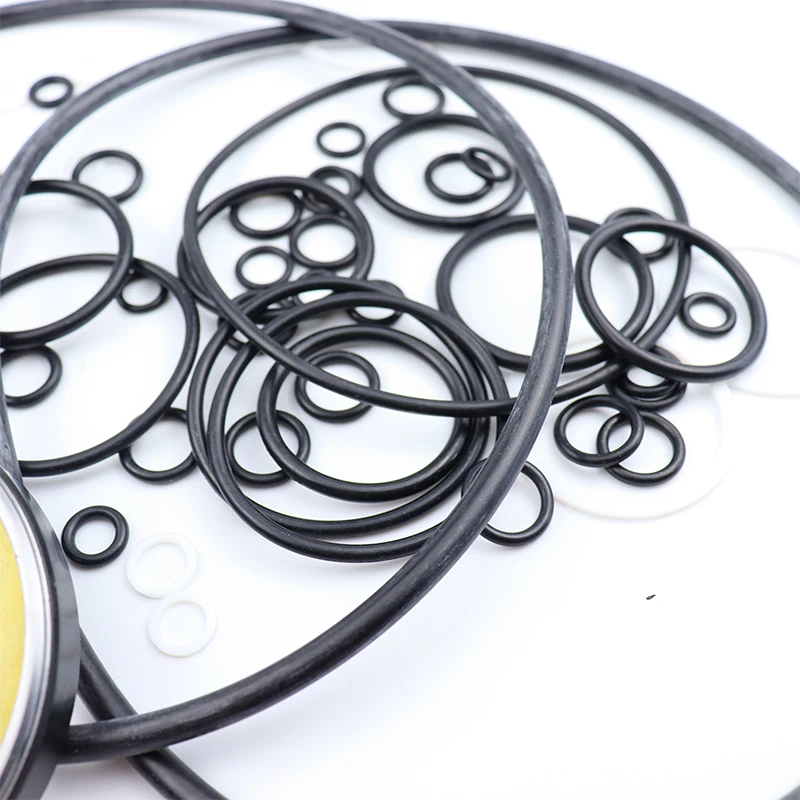Septemba . 10, 2024 23:22 Back to list
hydraulic cylinder seal kit replacement
Hydraulic Cylinder Seal Kit Replacement
Hydraulic systems are integral to many industrial applications, providing the power necessary to operate machinery and equipment. One critical component of these systems is the hydraulic cylinder, which relies on seals to prevent fluid leaks and maintain pressure. Over time, seals can wear out due to various factors, including exposure to heat, pressure, and contaminants. When this happens, replacing the hydraulic cylinder seal kit becomes essential to ensure optimal performance and to prevent costly downtime.
Replacing a hydraulic cylinder seal kit may seem daunting, but with the right tools and guidance, it can be a straightforward process. Before diving into the replacement, it’s crucial to gather all necessary equipment, including a new seal kit, basic hand tools (like wrenches and screwdrivers), and safety gear (such as gloves and goggles). Additionally, having a clean workspace will help prevent dirt and debris from contaminating the hydraulic system.
The first step in the process is to safely disconnect the hydraulic cylinder from the system. Before this, ensure that the machinery is turned off and depressurized to avoid accidents. Once disconnected, carefully remove the cylinder from its mounting brackets.
Next, disassemble the hydraulic cylinder by removing the end caps and the barrel. This step often requires a little force, as the components may be tightly fitted. Be cautious while performing this step to avoid damaging any parts. Once opened, inspect the interior of the cylinder for any signs of wear or damage.
hydraulic cylinder seal kit replacement

After examining the cylinder, it's time for the old seals to be removed. Use a seal removal tool or a flathead screwdriver to carefully pry them out. Clean the grooves and surfaces thoroughly, removing any old grease or debris that could compromise the new seal's performance.
With the old seals removed, you can now install the new seal kit. Begin by placing the largest seals in their respective grooves, ensuring they sit snugly. Follow the manufacturer's instructions for the correct placement of each seal to avoid issues later. Once all seals are in place, reassemble the cylinder by reversing the disassembly steps.
Finally, reconnect the hydraulic cylinder to the system, ensuring all connections are tight and secure. After everything is reassembled, it’s crucial to test the system under low pressure before operating it at full capacity. This precaution helps identify potential leaks or installation issues.
In conclusion, replacing a hydraulic cylinder seal kit is an essential maintenance task that can prolong the life of your hydraulic systems. With careful execution and attention to detail, you can effectively tackle this process and ensure your machinery operates smoothly and efficiently. Regular maintenance and timely replacements can prevent more significant issues, saving time and resources in the long run.
-
The Trans-formative Journey of Wheel Hub Oil Seals
NewsJun.06,2025
-
Graphene-Enhanced Oil Seals: Revolutionizing High-Pressure Oil Sealing
NewsJun.06,2025
-
Future of Hydraulic Sealing: Advanced Intelligent TCN Oil Seals
NewsJun.06,2025
-
Don’t Let a Broken TCV Oil Seal Ruin Your Day
NewsJun.06,2025
-
Bio-Inspired Dust Seals for Better Sealing Performance
NewsJun.06,2025
-
Biodegradable and Sustainable Hydraulic Seal Materials
NewsJun.06,2025
-
Top Oil Seal Solutions for Your Industrial Needs
NewsMay.22,2025
Products categories
















